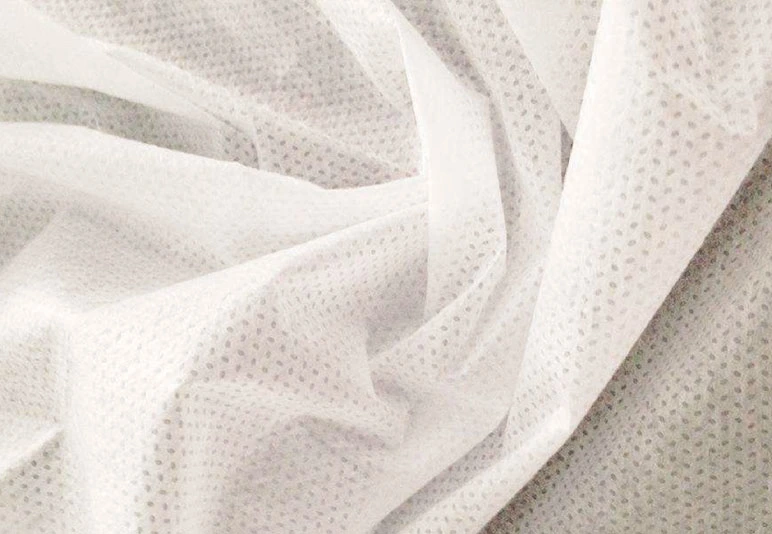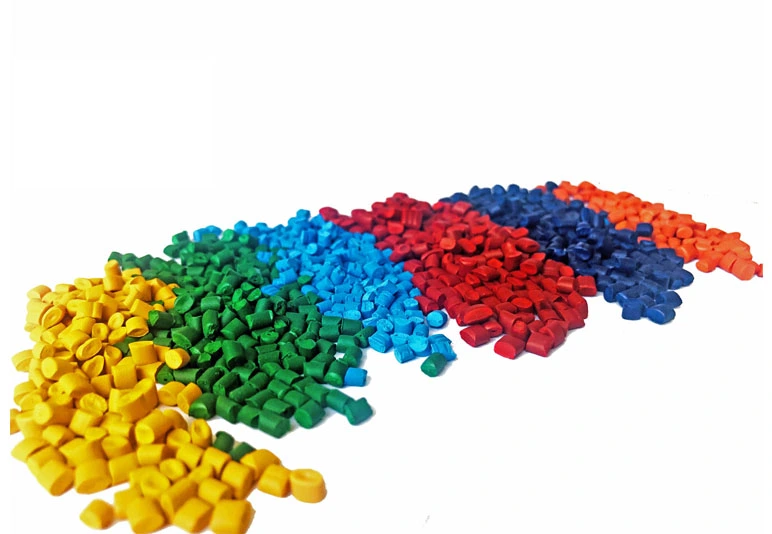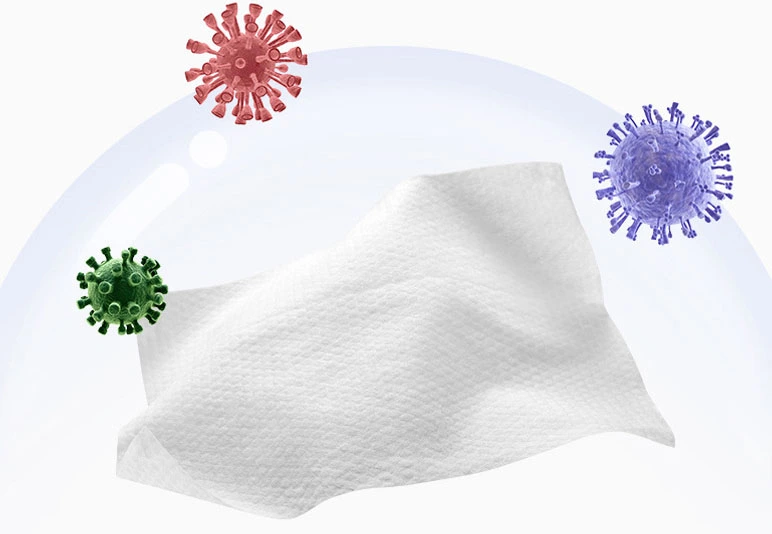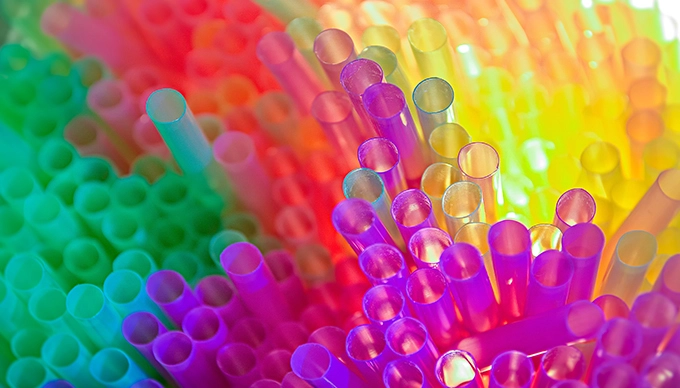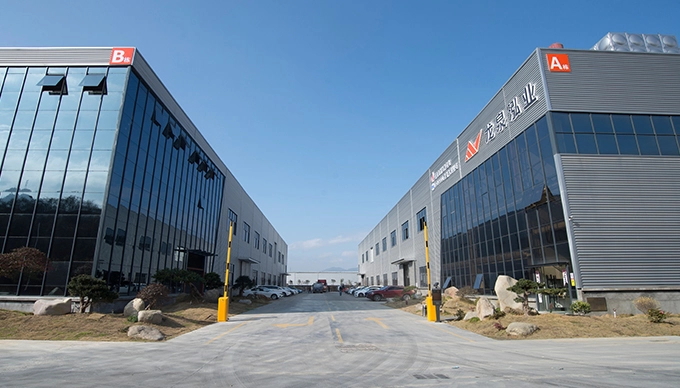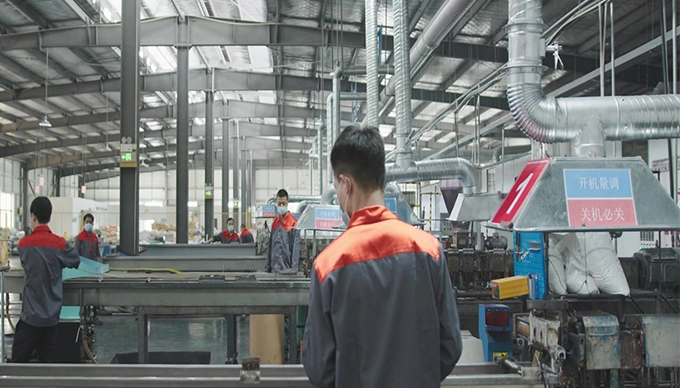The structural characteristics and physical state of polymer materials and their external factors such as heat, light, thermal oxygen, ozone, water, acid, alkali, bacteria and enzymes in the process of use make their performance decline or loss in the process of application, such as yellowing, relative molecular mass decline, product surface cracking, loss of luster, and more serious is to cause mechanical properties such as impact strength, tensile strength and elongation to drop significantly. The more serious is that the mechanical properties such as impact strength, tensile strength and elongation are greatly reduced, thus affecting the normal use of polymer materials.
This phenomenon is referred to as aging, which can occur in all stages of polymer material synthesis, storage, processing and final application, and can lead to the end of the material's service life and a lot of waste, resulting in a great waste of resources and serious environmental pollution. The aging of polymer materials in the process of use may cause great disasters and irreparable losses. Therefore, the anti-aging of polymer materials has become a problem that the polymer industry has to solve. At present, there are four main methods to improve and enhance the anti-aging performance of polymer materials as follows:
Physical Protection
The aging of polymer materials, especially photo-oxidative aging, first starts from the surface of the material or product, which is manifested as discoloration, chalking, cracking, gloss reduction, etc., and then gradually goes deeper to the interior. Thin products are more likely to fail earlier than thick products, so the service life of the products can be extended by thickening the products.
The aging of polymer materials, especially photo-oxidative aging, starts from the surface of the material or product, which is manifested as discoloration, chalking, cracking, and loss of gloss, and then gradually goes deeper to the interior. Thin products are more likely to fail earlier than thick products, so the service life of the products can be extended by thickening the products.
Improve Processing Technology
Many materials in the synthesis or preparation process, there is also the problem of aging. For example, the influence of heat in the polymerization process, thermal and oxygen aging in the processing process, etc. Then accordingly, the influence of oxygen can be slowed down by adding deaerating devices or evacuation devices in the polymerization or processing process.
However, this method can only guarantee the performance of the material at the factory, and this method can only be implemented from the source of the preparation of the material, and cannot solve its aging problem during reprocessing and use.
Structural Design or Modification of the Material
Many polymer materials have extremely easy aging groups in the molecular structure, then through the design of the molecular structure of the material to replace the easy aging groups with the non-aging groups, it can often play a good effect.
Add Anti-Aging Additives
At present, the effective way and common method to improve the aging resistance of polymer materials is to add anti-aging additives, which are widely used because of the low cost and no need to change the existing production process. These anti-aging additives are added in two main ways:
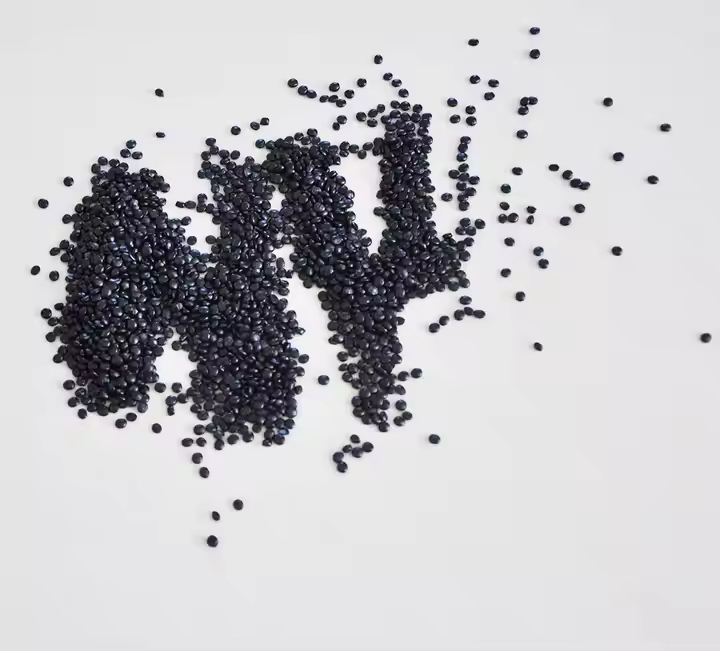
Direct Addition of Additives Method
That is, anti-aging additives (powder or liquid) and resin and other raw materials directly mixed and stirred after extrusion granulation or injection molding, etc.. This method of addition is simple and easy to use, and thus is widely used by the majority of granulation and injection molding plants.
Anti-Aging Masterbatch Addition Method
In the manufacturers with high requirements for product quality and quality stability, more often the anti-aging masterbatch is added during the production. The anti-aging masterbatch is obtained by mixing suitable resin as the carrier with a variety of high-efficiency anti-aging additives, and then coextruding and granulating by twin-screw extruder. The advantage of its application is that the anti-aging additives are firstly pre-dispersed in the process of masterbatch preparation, then in the laterprocess of material processing, the anti-aging additives are secondly dispersed to achieve the purpose of uniform dispersion of the additives in the polymer material matrix, which not only ensures the quality stability of the products, but also avoids dust pollution during production, making the production greener and more environmentally friendly.
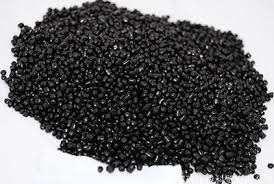
 English
English


